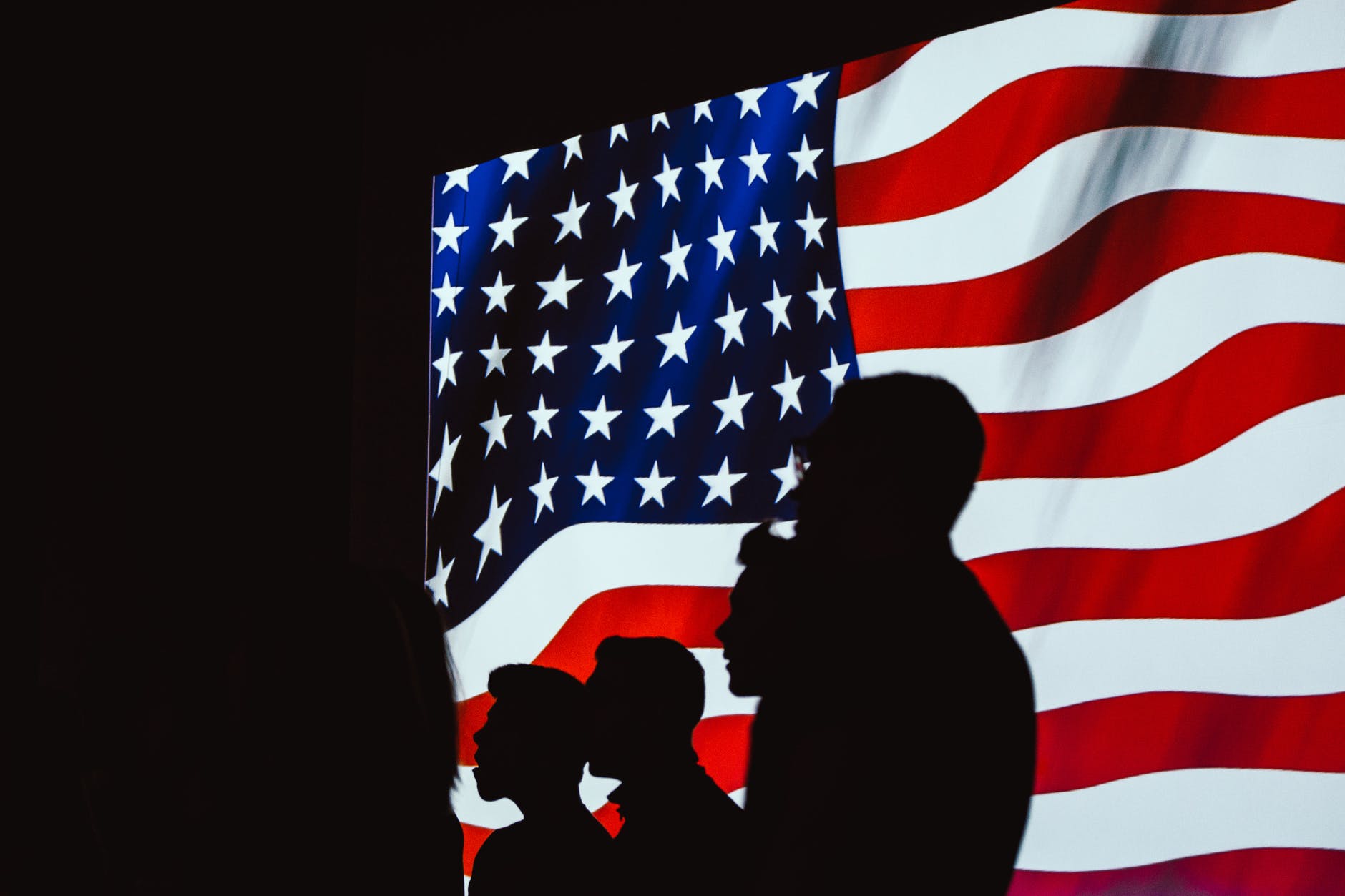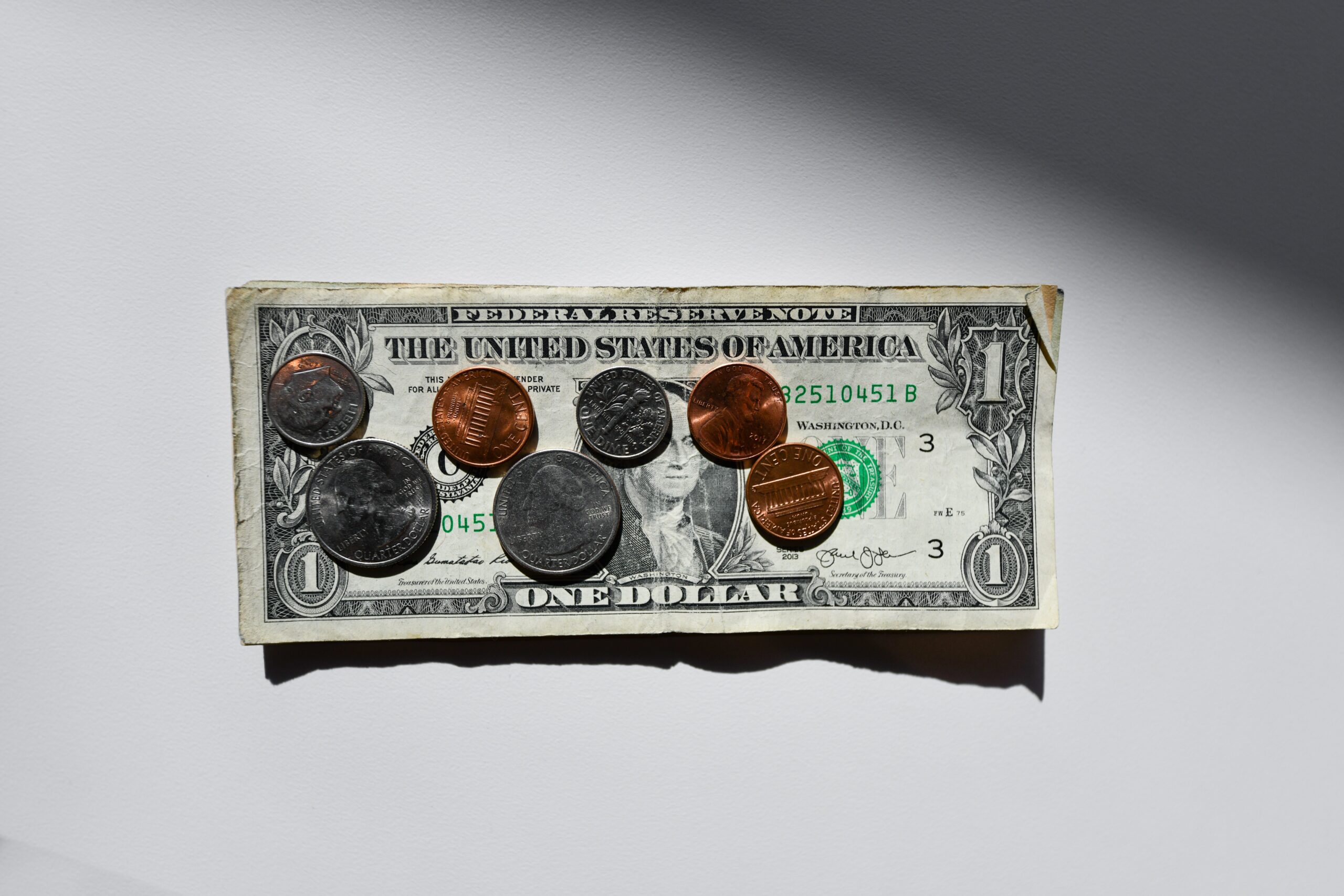By La’Niya Jones
A day full of green, golden coins, and leprechauns is all that most think about when they think of St. Patrick’s Day. Everyone hears, “Wear green or you’ll get pinched; get that shamrock shake; have lucky charms for breakfast today.” But what is the actual, deep meaning behind this day of celebration?
St. Patrick’s Day has been celebrated for many centuries and was used as a religious feast for the anniversary of the death of Saint Patrick in the fifth century.
Saint Patrick was a patron saint, a protecting saint. He was also a national apostle, a disciple of Jesus Christ sent to teach Christianity. Though he was from Ireland, Patrick was actually British. Originally from Roman Britain, he was kidnapped when he was 16 by Irish raiders and sent to Ireland as a slave.
Patrick was stuck in Ireland for six years, and during that time he worked as a shepherd. He stayed away from people out of fear, and instead of socializing with others, he spent his time practicing his religion.
Later he escaped after hearing the voice of God telling him it was time to leave Ireland.
After escaping, he wrote that he had a dream of an angel telling him he was needed back in Ireland as a missionary, which is a person sent on a religious journey to teach. After that, he started his religious training, and after around 15 years of that, he became a priest. He later returned to Ireland, where he brought Christianity to the people.
During his time in Ireland, Patrick did meaningful things for the Irish that would have a Christian impact on them.
To teach them Christianity, he added on to their already existing traditions. He placed a sun, a powerful symbol for the Irish, on the cross to create what is now known as a Celtic cross. Bonfires were used to celebrate Easter, knowing that the Irish used fires to celebrate their gods. He tried to make them as comfortable with the religion as possible without forcing it on them.
After his death, many of the Irish joined together to celebrate his life and what he had done for them; the celebration would later be called St. Patrick’s Day. On March 17, Irish families would go to church and later celebrate by dancing, drinking, and feasting on Irish bacon and cabbage.
St. Patrick’s Day has been celebrated by people in Ireland for a long time, but the first St. Patrick’s Day celebration in America was said to have taken place by the Spanish Colony’s Irish vicar, Ricardo Arturon, on March 17, 1600. He hosted a St. Patrick’s Day celebration in what is now known as St. Augustine, Florida. A year later, he had a St. Patrick’s Day parade to honor his heritage.
St. Patrick’s Day did not turn into a big celebration until Irish immigrants came to America.
As Irish immigrants began to pull into America, they started to form “Irish Aid” societies to uplift one another and celebrate their heritage, usually with bagpipes and drums involved. During 1848, different groups of New York Irish Aid societies came together to form one big official New York City St. Patrick’s Day Parade. The parade was in full swing, with Irish Americans enjoying themselves and celebrating their heritage.
Sadly, during this time, Irish immigrants were outsiders with their different religious beliefs and accents compared to the majority Protestant Americans at the time. After the parade newspapers would come out with the Irish being portrayed as drunk violent monkeys.
This did not stop the American Irish, as they soon realized that with their growing numbers, they had the political power to make a change. They started to rally together and form a voting bloc, known as the “green machine,” to show that they were not going anywhere. Eventually the annual St. Patrick’s Day Parade became a show of strength and hope for the American Irish.
After seeing the first parade, big cities like Boston and New York City started to have annual parades.
The growth of this holiday was skyrocketing.
In 1948, President Harry S. Truman came to the New York City celebration. This uplifted many Irish Americans’ spirits as a show of acceptance for the ancestors who went through a lot to find acceptance in the New World.
Chicago started its annual tradition of coloring the river green to show their support and celebration in 1962.
Somehow the religious feast of honoring Saint Patrick in Ireland turned into a partying celebration for Americans, which later was adapted by the people in Ireland. Ever since then, St. Patrick’s Day has been a big holiday for most people around the world. Have fun with this newfound knowledge on this day full of green, full of smiles and laughter.



